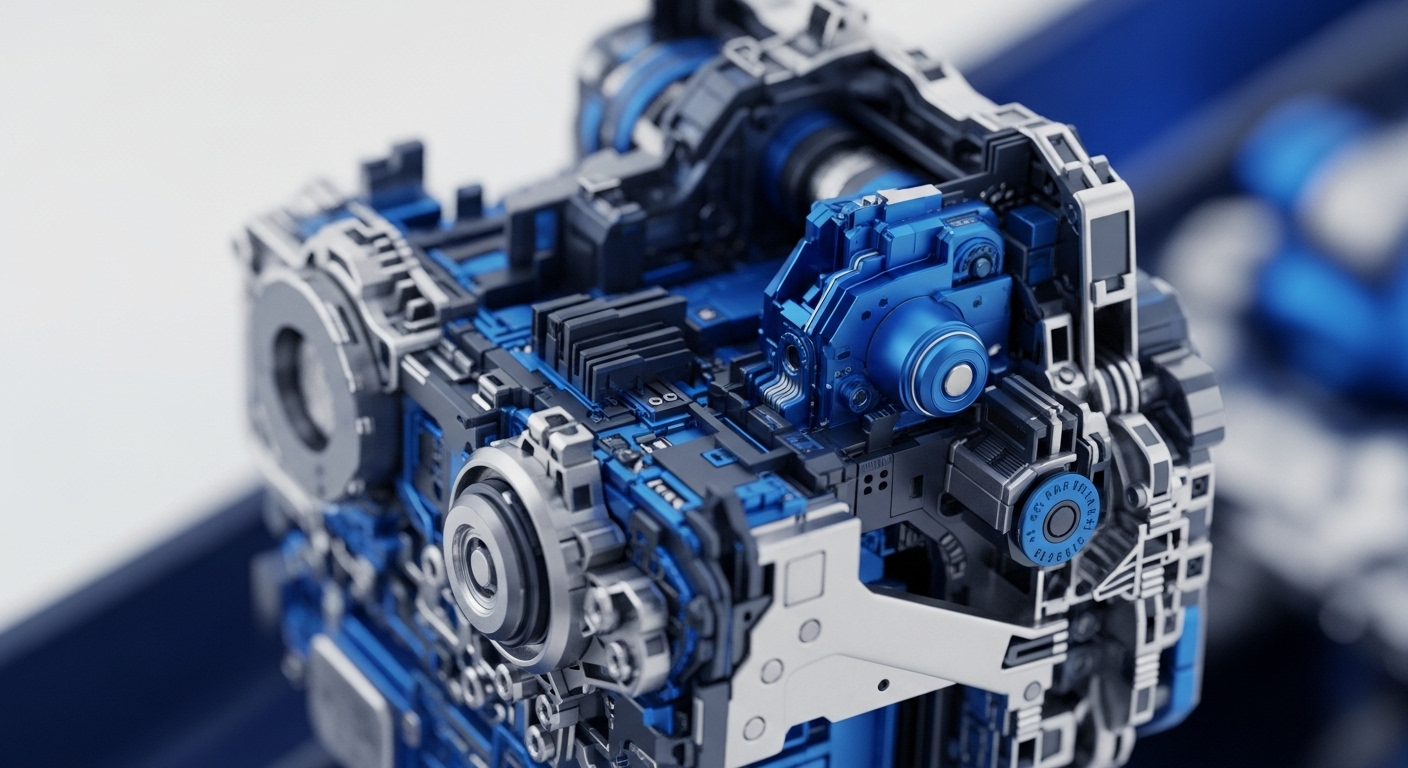
Briefing
LINE NEXT’s Mini Dapps, powered by the Kaia blockchain, achieved an unprecedented 35 million accumulated users within one month of launch, primarily by integrating directly into the LINE Messenger platform. This strategic move effectively lowers the barrier to entry for Web3 services, enabling a broad, non-crypto native audience to engage with decentralized applications. The initiative’s success is underscored by the creation of over 3 million new wallets and a significant 32% of payments processed via traditional credit cards, indicating robust mainstream user adoption.

Context
The Web3 ecosystem has historically faced significant friction in achieving widespread user adoption, primarily due to complex onboarding processes, the necessity of managing private keys, and a reliance on virtual assets for transactions. This often resulted in a fragmented dApp landscape with limited accessibility for mainstream users. A prevailing product gap existed in bridging the intuitive user experience of Web2 applications with the decentralized benefits of Web3, particularly for casual users in high-growth regions.

Analysis
LINE NEXT’s Mini Dapps significantly alter the application layer by embedding Web3 functionality directly within a ubiquitous Web2 social platform, LINE Messenger. This integration leverages a familiar user interface, abstracting the underlying blockchain complexities and facilitating seamless access to decentralized applications. The system bypasses traditional dApp store downloads, allowing users to navigate and interact with 42 diverse Mini Dapps, predominantly casual games and social platforms, without requiring prior crypto knowledge.
The ability for users to make purchases using credit cards directly addresses a critical user friction point, enabling a frictionless transition for millions of users into the Web3 economy. This approach creates a powerful flywheel for user acquisition, setting a new standard for composability in user onboarding and potentially influencing competing protocols to adopt similar Web2-integrated strategies.

Parameters
- Protocol/Platform → LINE NEXT Mini Dapps
- Underlying Blockchain → Kaia
- Accumulated Users (1 Month) → 35 Million
- Wallets Created → Over 3 Million
- Payments via Credit Card → 32%
- Number of Mini Dapps Launched → 42
- Top Dapp Users → 1.7 Million
- Top Dapp Revenue → US$773,000

Outlook
The next phase for LINE NEXT and Kaia involves expanding the developer ecosystem through programs like Kaia Wave and a comprehensive SDK, fostering the creation of a broader range of Mini Dapps. This innovation possesses significant potential for competitors to emulate, particularly in regions with high messenger app penetration. The model of integrating Web3 services into established Web2 platforms could become a foundational building block for other dApps aiming for mass adoption, demonstrating a scalable pathway for user acquisition beyond crypto-native audiences.

Verdict
LINE NEXT’s Mini Dapps establish a definitive blueprint for mainstream Web3 adoption, proving that seamless integration into familiar Web2 interfaces drives unprecedented user growth and ecosystem expansion.
Signal Acquired from → linepluscorp.com
